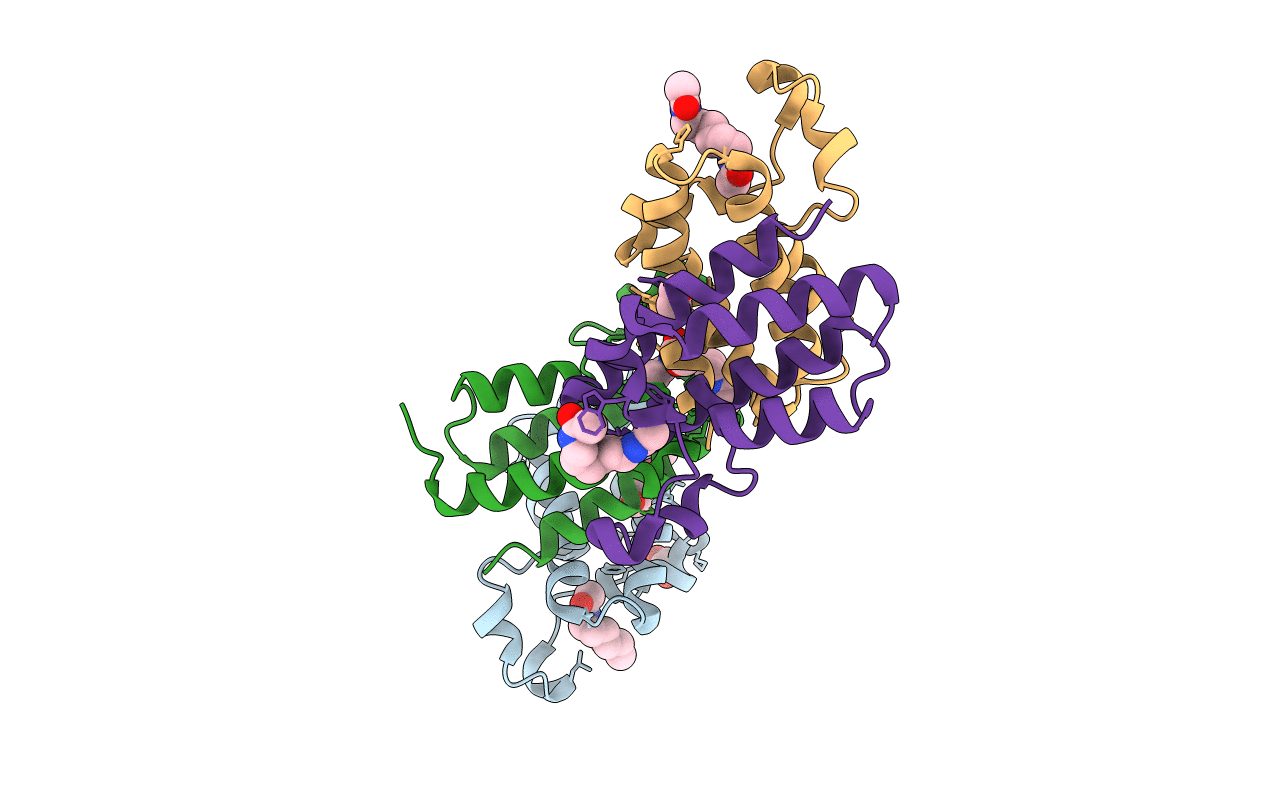
Deposition Date
2015-07-03
Release Date
2016-03-16
Last Version Date
2024-01-10
Entry Detail
PDB ID:
5A7C
Keywords:
Title:
Crystal structure of the second bromodomain of human BRD3 in complex with compound
Biological Source:
Source Organism:
HOMO SAPIENS (Taxon ID: 9606)
Host Organism:
Method Details:
Experimental Method:
Resolution:
1.90 Å
R-Value Free:
0.25
R-Value Work:
0.22
R-Value Observed:
0.22
Space Group:
C 1 2 1


